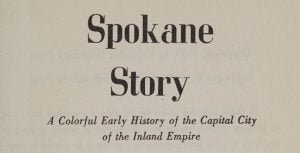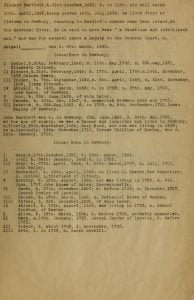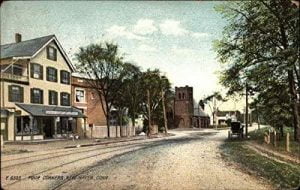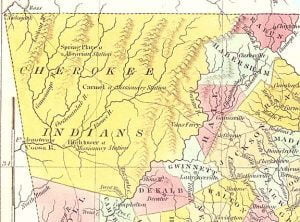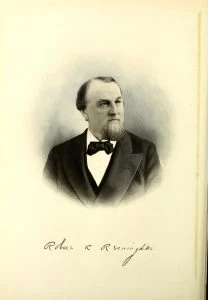William Sturdy, as he was thenceforth known, then shipped on an American schooner lying at Leghorn, and bound for the United States. He finally landed at Beverly, Mass., June 9, 1809. From the port of Beverly he made several voyages as mate of American schooners, but finally abandoned the seas. He married in Beverly Clarissa Whittemore, who was born in that town Jan. 28, 1794. After their marriage they settled in Attleboro, Bristol county, where Mr. Sturdy bought land lying on the west shore of the Falls pond and engaged in farming until 1827. Here ten of his fourteen children were born. About that time, 1827, “the initial efforts in cotton manufacturing on the Blackstone had opened the way for the employment of minors,” and Mr. Sturdy availed himself of this opportunity because it had become impossible for him to procure a proper subsistence for his large family from his farm. In that year he sold out and removed to the Blackstone Valley, locating at Slatersville, town of North Smithfield, R. I., where he and his children found employment in the cotton mills. He later settled in Blackstone, Mass., where he died Oct. 16, 1834. He was a hardworking man, honest and upright in his dealings, and his large family of fourteen children reflected great credit on their home training. The wife and mother died Feb. 13, 1856.


